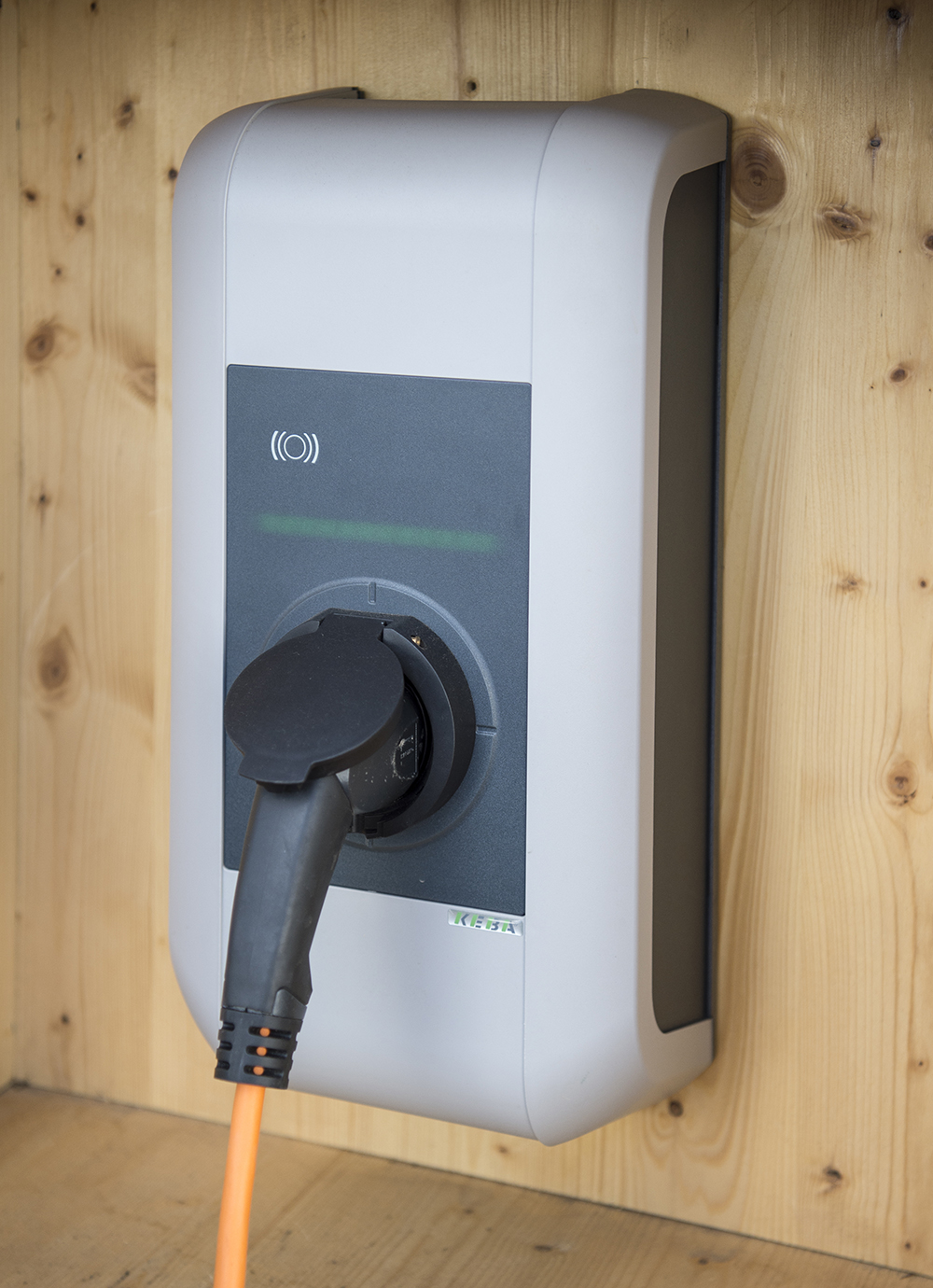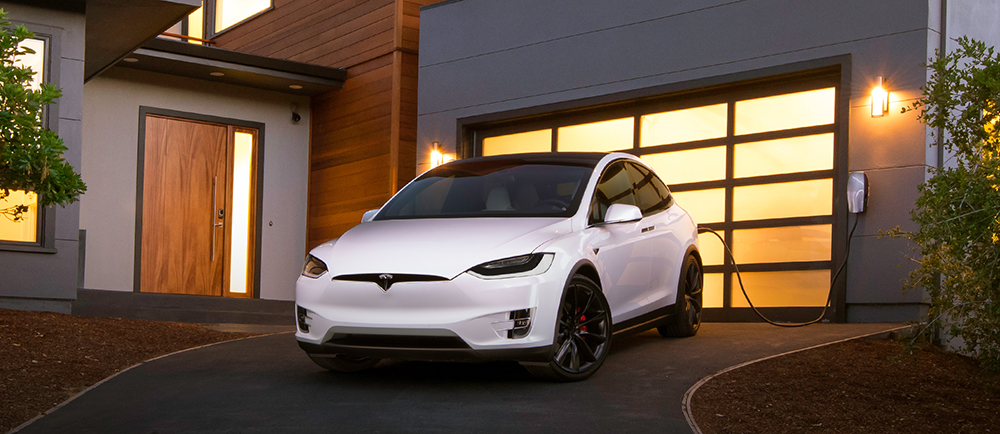Four steps to charging your EV at home
By Pat Keegan and Brad Thiessen
Q: I’m seeing more information about new models of electric vehicles with longer ranges and better prices. Is it worth making the switch from gasoline to electric? And how would I charge the battery at home?
A:
You’re right! Electric vehicles (EVs) are getting more attention these days. Electricity as a vehicle fuel is typically one-half to one-third the cost of gas or diesel, and EV batteries now enable longer ranges. The upfront price of an EV is still higher than its gas-powered cousin, but the cost is coming down.
The Chevy Bolt, for example, has a range of up to 238 miles on a full charge and costs about $36,000 before incentives. The number of models is also increasing, and we could even have an electric pickup truck option in the near future.
It’s important to note you may have to pay upfront costs to charge your EV at home, but it depends on which charging option you select. Let’s take a look at the important steps.
Step one: Choose your EV.
There are two basic types of EVs: the all-electric vehicle, which is commonly referred to as an AEV or EV, and the plug-in hybrid electric vehicle, also known as the PHEV, which can run using an electric motor or a gas engine. Unlike the gas/electric hybrid that started with the Toyota Prius in 2000, where the battery assists the gasoline engine, yet the car is fueled solely by gasoline, the PHEV features a larger battery that fuels an electric motor, which can power the car independently. A PHEV can run solely on electricity for about 15 to 50 miles depending on the model. This electric-only range may be sufficient for running errands or for those with a shorter daily commute.
Step two: Select your charging level.
There are two levels of charging to consider for your home. A Level 1 charging unit is the most basic. It’s usually included with the vehicle and plugs into a typical 120-volt outlet, so it is the easiest and cheapest charging solution.
A Level 2 charging unit is more powerful and needs to be purchased separately. It plugs into a 240-volt outlet, the type used for larger appliances (like a clothes dryer), which most of us don’t have in our garages or outside our homes, so there’s an additional cost to have the outlet installed.
Step three: Know your needs.
Most EVs travel 3 to 4 miles per kilowatt-hour (kWh). Level 1 charging units distribute charge to the battery at 1 to 2 kWh, giving the battery roughly 3 to 8 miles range per hour of charging. So, if you drive your car 40 miles or less during the day and can charge it for 10 hours a night, this will probably be adequate. Level 1 charging makes the most sense for PHEVs and early EVs with smaller batteries and shorter ranges.
Level 2 units typically supply power levels from 6 to 12 kWh, depending on the amperage of the circuit and the power level the EV can accept. This means the Level 2 chargers will provide between 18 and 48 miles of range per hour of charging.
Step four: Count the costs.
A Level 1 charging unit comes with the car and will meet the needs of most PHEVs and early-model, short-range EVs. A Level 2 charging unit can cost $500 to $700, with installation between $500 and $2,700 depending on how far your electrical panel is from where you will be charging the EV.
Now that you know the basic options, you should talk to your electric co-op before making your EV charging decision. Many electric co-ops offer special incentives for members installing Level 2 chargers or members willing to schedule EV charging during non-peak energy hours. Give them a call to learn more!
This column was co-written by Pat Keegan and Brad Thiessen of Collaborative Efficiency. For more information on home charging your electric vehicle, please visit: collaborativeefficiency.com/energytips.
Patrick Keegan writes on consumer and cooperative affairs for the National Rural Electric Cooperative Association, the Arlington, Va.-based service arm of the nation’s 900-plus consumer-owned, not-for-profit electric cooperatives. Write to [email protected] for more information.





